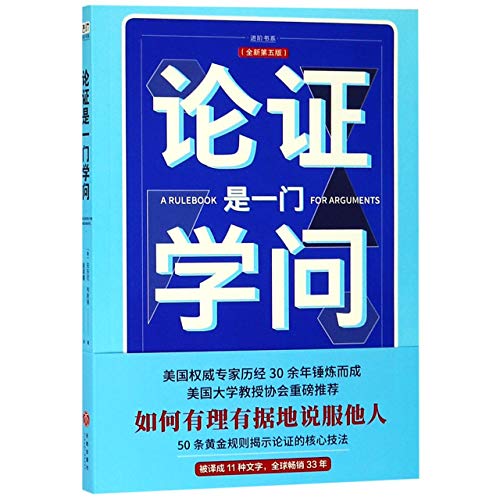What do you think?
Rate this book


168 pages, Paperback
First published January 1, 1986
Criticisms and suggestions, as always, are welcome. ~ Page x, from the Preface
Writers --at all levels--need feedback. It is through others' eyes that you can see best where you are unclear or hasty of just plain implausible. Feedback improves your logic too. Objections may come up that you hadn't expected. Premises you thought were secure may turn out to need defending, while other premises may turn out to be more secure than they seemed. You may even pick up a dew new facts or examples. Feedback is a "reality check" all the way around --welcome it. ~ page 64, Rule 38